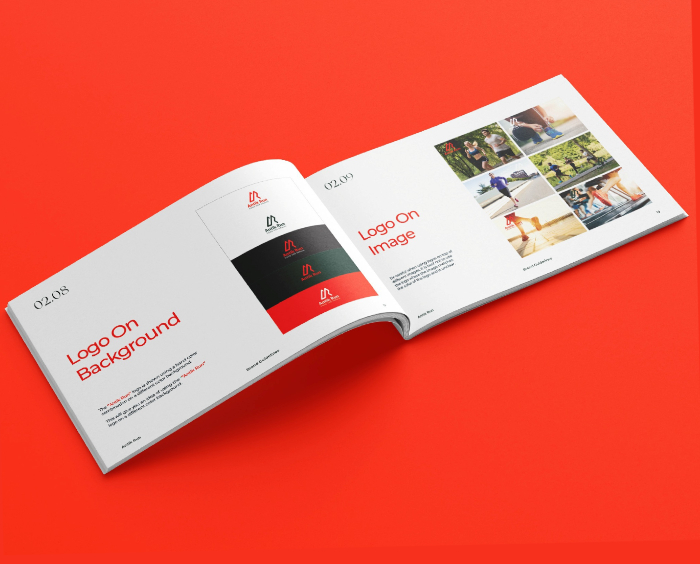Horizontal and vertical governance
Horizontal and vertical governance are types of governance systems within a company that determine the relationships and communication between employees. This system governs the organizational structure that determines who controls the company and who is responsible for its overall functioning. In general, vertical systems can be used in traditional corporations, while horizontal systems are often found in startups or creative industries. Let's consider each of them:
Horizontal is a system in which managers are not positioned in a clear hierarchical manner, which allows employees to have more freedom and independence in making decisions or during the working day. This system contributes to a more relaxed work environment, which many studies have shown makes the team more productive.
In a vertical system, roles are clearly distributed and a hierarchical ladder is used, from top to bottom. There are top-level managers, intermediate levels, and ordinary employees. From the top come instructions and orders, which are carried out by subordinates. Finally, employees at the lower levels report to their superiors on the tasks they have completed.
Thus, a horizontal system is characterized by:
A flatter organizational structure with fewer hierarchical levels. Emphasizes collaboration and teamwork. Communication is more informal and open. Facilitates lateral communication and equal collaboration
Faster decision-making, increased employee engagement, and enhanced innovation through diverse input.
Can lead to role confusion, potential for conflict, and accountability challenges.
A vertical system is characterized by:
A clear hierarchy. Decisions flow from the top down
Communication is generally more formal and follows a chain of command. Information flows from top to bottom in a hierarchy with clear roles and responsibilities, effective decision-making at higher levels, and simplified monitoring
Can lead to bureaucracy, slow response times, and low employee morale if lower levels feel disempowered
The choice between vertical and horizontal systems often depends on the specific needs of the organization or project.
One of the world's largest computer hardware and software companies, IBM, uses a vertical management model. IBM has a structure where roles and responsibilities are strictly defined. Therefore, decision-making within them is largely centralized and internal communication is more formal.
Ford, the world's fifth-largest automaker, also uses a vertical model. The organization's management is largely centralized, with important decisions made in central offices and strict guidelines for employees at lower levels.
The most prominent example of horizontal governance is Google. Google's culture is very open and collaborative, with a horizontal governance structure. This structure encourages rapid innovation and free decision-making. Netflix uses a similar model. This model emphasizes employee understanding and rapid decision-making, which is considered one of the reasons for Netflix's success.
Many people have ideas, but only Lemons.ge has solutions!
Lemons.ge team is always by your side when you need a creative vision and real results.
Address: Tsereteli Ave. 117a
Contact: ( 995) 032 2 45 01 01









